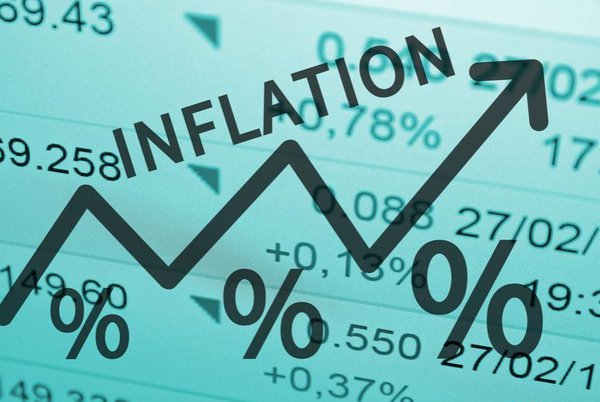Low Wage Growth To Hold Back Inflation

Below we present the summaries of Goldman Sachs report about inflation in Europe. More details could be read in the full report prepared by Goldman Sachs.
Inflation in Europe
The inflation data has been volatile and difficult to interpret on the back of rising commodity prices, tax changes and technical factors, such as HICP weight changes. We therefore consider indicators of wage growth as a cross-check on underlying price pressures and the medium-term inflation outlook.
We analyse three measures of Euro area wage growth, including negotiated wages, compensation per employee (adjusted for the labour market schemes) and the labour cost index. We find that wage growth has slowed since the start of the pandemic and remains subdued, particularly in southern Europe.
 To gauge
the wage inflation outlook, we utilise a statistical model and find that the current
labour market slack is likely to keep wage growth subdued even as the recovery
proceeds.
n Our analysis therefore points to only slowly rising inflation pressures from wage
growth in the Euro area. We expect some “catch-up” in services prices as firms’
profit margins improve after sharp declines in 2020, but continue to look for only
gradually rising underlying inflation pressures as labour market slack unwinds
over our forecast horizon.
To gauge
the wage inflation outlook, we utilise a statistical model and find that the current
labour market slack is likely to keep wage growth subdued even as the recovery
proceeds.
n Our analysis therefore points to only slowly rising inflation pressures from wage
growth in the Euro area. We expect some “catch-up” in services prices as firms’
profit margins improve after sharp declines in 2020, but continue to look for only
gradually rising underlying inflation pressures as labour market slack unwinds
over our forecast horizon.
Euro Area core inflation
We expect Euro area core inflation to be 1.1% in 2021 before gradually recovering to 1.5% in late-2024. n We see near-term upside risks to our inflation forecast should firms try to bolster their profit margins by more than we are currently expecting, but we see balanced risks around our inflation forecast further out. On the downside, subdued inflation expectations and a slower recovery of the labour market could weigh on inflation more than expected. On the upside, price pressures could build more quickly if economic scarring from the covid-crisis turns out more significant than assumed in our forecast





